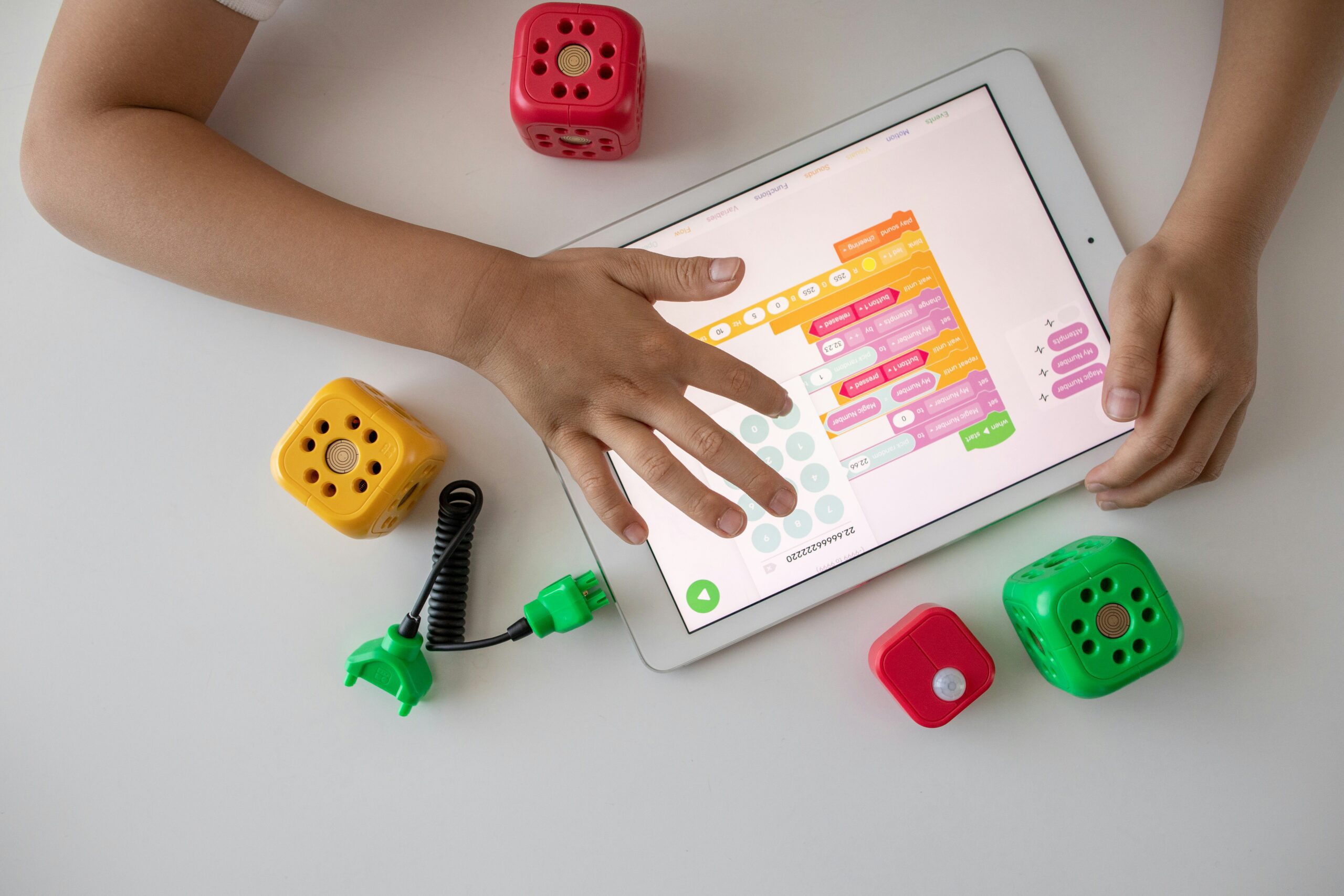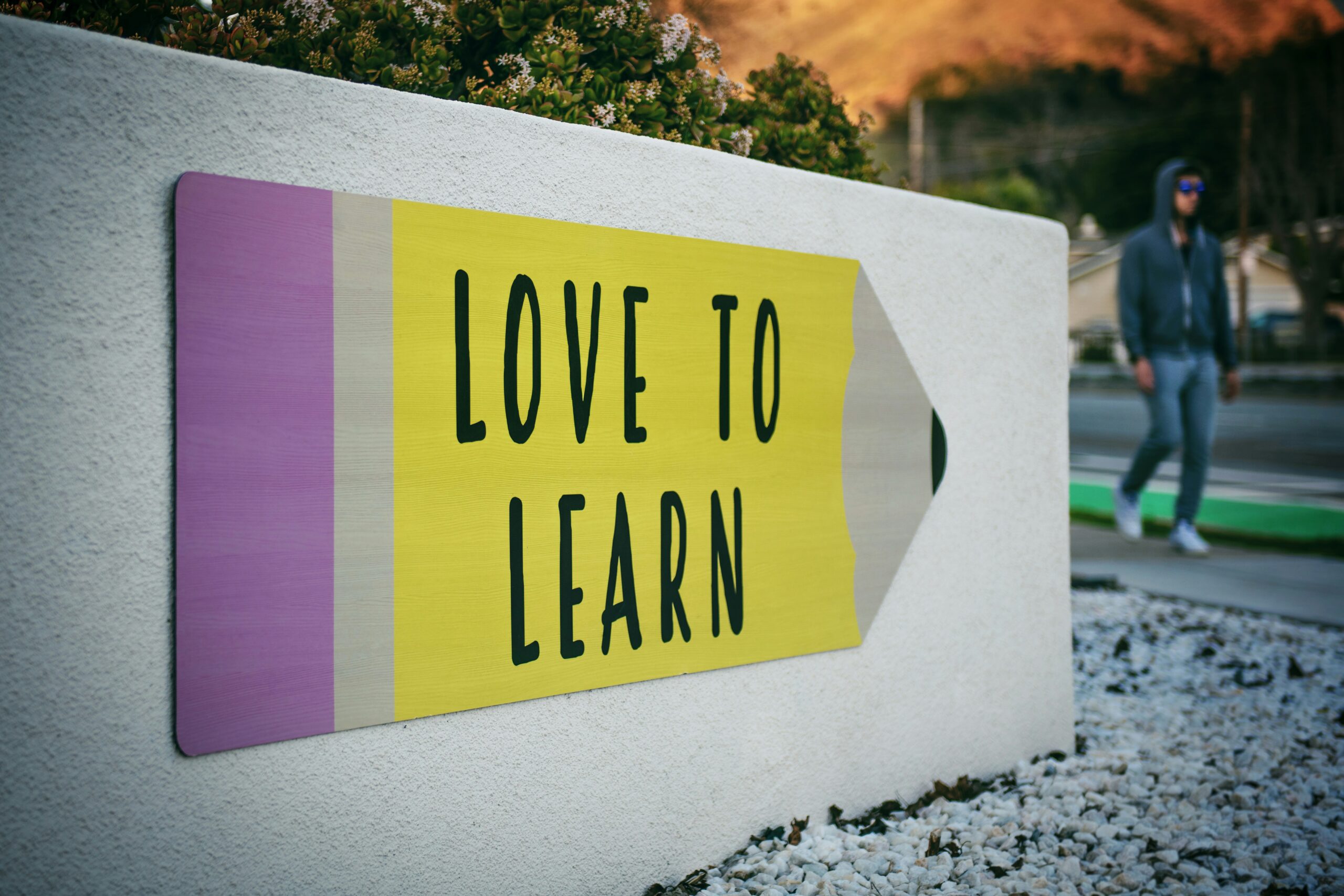In recent years, the field of education has undergone a significant transformation with the advent of technology. One of the most impactful changes is the rise of EdTech, which refers to the use of technology to enhance teaching and learning. Digital learning platforms have become increasingly popular, providing students and educators with a wide range of tools and resources to support their educational journey.
However, the success of these platforms depends not only on the content they offer but also on the user experience they provide. A well-designed user interface (UI) and user experience (UX) can greatly enhance the effectiveness of digital learning platforms. In this article, we will explore some of the key EdTech innovations that are optimizing UI/UX for digital learning platforms.
1. Personalization
Personalization is a crucial aspect of optimizing UI/UX for digital learning platforms. Every student has unique learning needs and preferences, and a one-size-fits-all approach is no longer sufficient. EdTech platforms are leveraging the power of technology to provide personalized learning experiences.
Through data analysis and machine learning algorithms, these platforms can gather information about students’ learning styles, strengths, and weaknesses. Based on this data, the platforms can then provide tailored content, recommendations, and feedback to individual students. This level of personalization not only enhances the learning experience but also improves student engagement and outcomes.
2. Intuitive Navigation
Another important aspect of optimizing UI/UX for digital learning platforms is intuitive navigation. Complex and confusing interfaces can hinder the learning process and discourage users from engaging with the platform. EdTech innovators are focusing on creating user-friendly interfaces that are easy to navigate.
Clear and logical navigation menus, intuitive icons, and well-organized content are some of the strategies used to improve the user experience. Additionally, the use of visual cues and interactive elements can further enhance the navigation experience, making it easier for students and educators to find the resources they need.
3. Gamification
Gamification is a powerful technique that has gained popularity in the field of education. By incorporating elements of game design into learning platforms, EdTech innovators are making the learning experience more engaging and enjoyable.
Points, badges, leaderboards, and rewards are some of the gamification elements used to motivate students and encourage their active participation. Gamification not only increases student motivation but also fosters a sense of competition and collaboration, making the learning process more interactive and immersive.
4. Mobile Optimization
In today’s digital age, mobile devices have become an integral part of our lives. To optimize UI/UX for digital learning platforms, it is essential to ensure mobile compatibility. EdTech platforms are increasingly focusing on mobile optimization to make learning accessible anytime, anywhere.
Responsive design, adaptive layouts, and mobile-friendly interfaces are some of the strategies used to optimize the user experience on mobile devices. By providing a seamless experience across different devices, digital learning platforms can cater to the diverse needs and preferences of students and educators.
5. Collaboration and Communication
Collaboration and communication are fundamental aspects of the learning process. EdTech platforms are leveraging technology to facilitate seamless collaboration and communication among students and educators.
Features such as discussion boards, chat functionalities, and collaborative workspaces enable students to interact with their peers and teachers, fostering a sense of community and enhancing the learning experience. Real-time feedback and communication also enable educators to provide timely support and guidance to students.
Conclusion
As technology continues to advance, EdTech innovations are transforming the landscape of education. Optimizing UI/UX for digital learning platforms is crucial to ensure a seamless and engaging learning experience for students and educators. Personalization, intuitive navigation, gamification, mobile optimization, and collaboration are just a few of the key strategies being employed to enhance the UI/UX of these platforms. By embracing these innovations, we can unlock the full potential of EdTech and revolutionize the way we teach and learn.











Leave a Reply